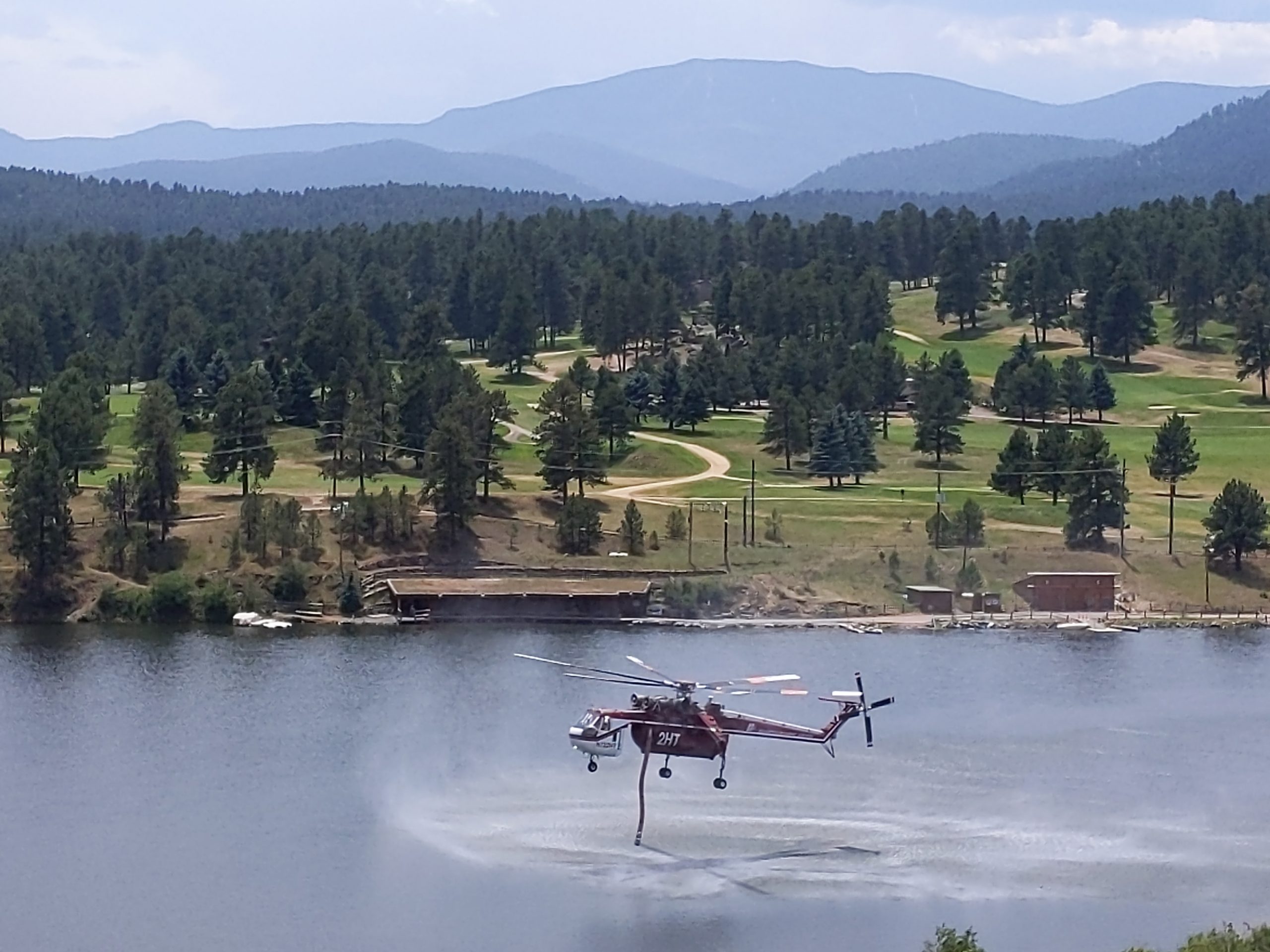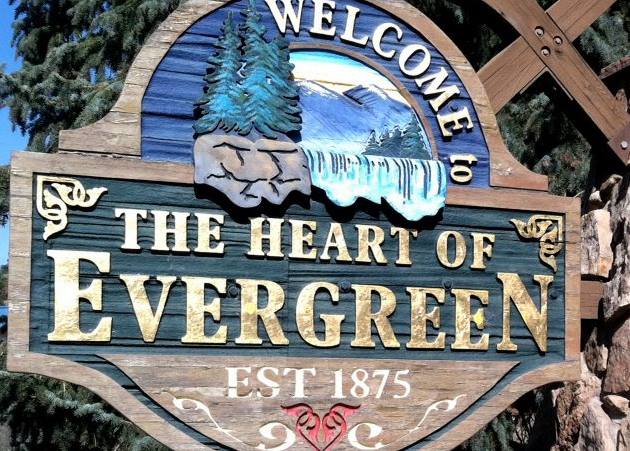We are so fortunate! While the Elephant Butte Fire threatened hundreds of homes and families in our mountain community, no one was injured and no structures were lost. This was not luck that all souls were saved and 48.4 Million Dollars in property was protected without damages. It was the result of years of planning and preparation involving our local firefighters and law enforcement and their partnerships with state and national agencies. Evergreen Fire Rescue (EFR) Chief Mike Weege has been a catalyst for improving communication and collaboration among the emergency response agencies in our region. He readily shares the credit with all the local responders who were alerted through an enhanced Jeffcom communications system and whose high level of cooperation and teamwork for the quick control of what could have been a major, devastating blaze.
Elephant Butte reminds us that our mountain community continues to be at risk for wildfire, and we must be vigilant. With the support of the mill levy that voters approved in 2016, EFR was able to significantly strengthen its resources for wildfire mitigation. Paul Amundson came on board as EFR’s Wildland Fire Captain and is assisted by Specialist Scott Adams.
However, it is not only the job of the highly trained professionals to focus on fire prevention, but also the responsibility of each of us who choose to live surrounded by nature. RPM is in total agreement with Chief Weege that members of our community can play a huge role in fire mitigation by 1) bringing their neighbors together to form a Community Wildfire Protection Implementation Plan (CWPIP) and 2) providing feedback to the draft of Jefferson County’s updated Community Wildfire Protection Plan. The Plan is being reviewed by the Jefferson County Fire Mitigation Task Force of which RPM’s Michele Robbins is a member.
“Under the leadership of Commissioner Lesley Dahlkemper, the county’s fire mitigation task force has been working diligently and cooperatively to give the community our best thinking on how we can tackle the challenges to fire mitigation,” said Robbins. “Everyone living in our mountain region has a stake in preventing wildfires and an opportunity to engage in the upcoming discussions about the Plan. This is one issue that demands our attention.”
The first public meeting to discuss the Plan will be held on August 10. (There will be an additional Zoom follow up meeting and community members are encouraged to participate. Quickest way to get the Zoom meeting date is on EFR Facebook page or twitter. Both are posted/connected to their website. The plan provides an analysis of roadway survivability and evacuation congestion locations, using fire intensity and projected traffic flow calculations. In the previous version of the Plan issued in 2007, several area subdivisions were designated as zones of “extreme” risk for fire. According to Weege, those conditions are still in effect.
One of the most encouraging developments in the last several years has been the formation of 22 local CWPIPs, with four additional groups on deck. The CWPIPs write fire mitigation plans for their neighborhoods and are eligible to receive grant funding for comprehensive prevention strategies such as slash collection and chipping of cleared materials. While some home owners associations have formed CWPIPs, non-HOA groups of neighbors are eligible
“The community has really stepped up. We’ve seen some great examples of CWPIPs in action in the Brook Forest, North Turkey Creek, Floyd Hill and Echo Hills areas where neighborhoods are responsibly thinning trees and offering slash collection,” said Weege. “We have a dedicated team member, John Chapman, who will meet with interested neighbors and guide them through the process of forming a CWPIP and writing a grant proposal to finance their mitigation efforts.”
According to Weege, future fire mitigation strategies include a multi-year plan to create a fuel break from Indian Creek Ranch to Staunton State Park, continued focus on codes to define the Wildland/Urban Interface, partnering with Denver Mountain Parks and Jeffco Open Space to thin forested areas, and the pursuit of additional grant dollars to support CWPIPs.
“Fire mitigation and responsible forest management are critical issues for our community. As a resident and business owner, I am thankful to Chief Weege, all the first responders and partner agencies for their diligence in keeping us safe,” adds Robbins. “As an insurance broker, working with dozens of families, landowners and businesses in our mountain area, I understand how vital it is for our community to be laser focused on fire protection. It’s a matter of safeguarding our homes, livelihoods and community’s economic survival.”
RPM article published in the Canyon Courier



